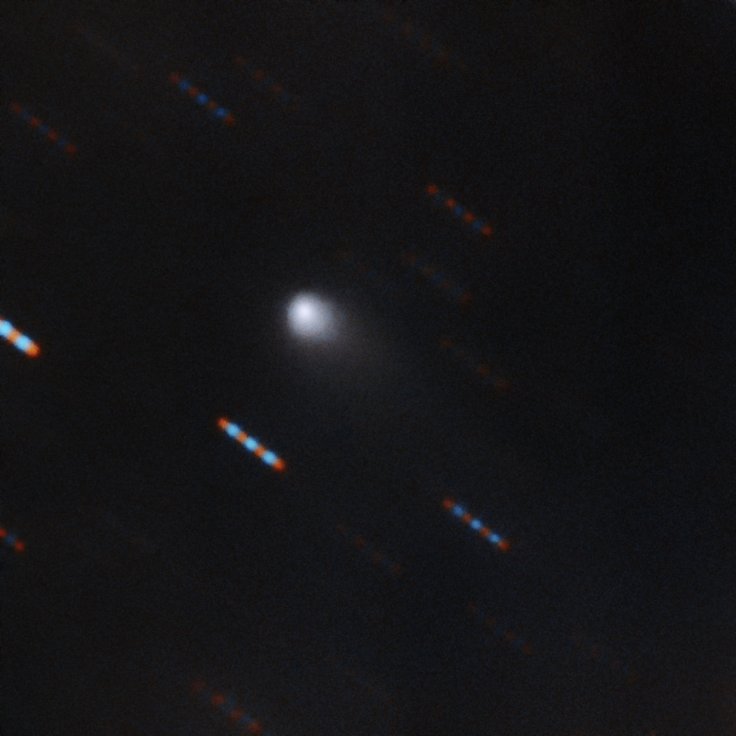
It was on August 30, 2019, that Gennady Borisov, an amateur astronomer, discovered an interstellar comet that reached the solar system from the deep nooks of the universe. It should be noted that this comet is the second known interstellar visitor that reached the solar system; the first one being 'Oumuamua', that was discovered in 2017. Now, researchers have discovered the origin of this interstellar comet discovered by Gennady Borisov.
A new study conducted by a team of Polish researchers has found that this comet, known by the name 'C/2019 Q4' has reached the solar system from a red dwarf system known as Kruger 60, which is located almost 13.15 light-years away.
In their report, researchers wrote that 'C/2019 Q4' passed just 5.7 light-years from the center of Kruger 60 around one million years ago. During this time, this comet was traveling at a very slow speed of 2.13 miles per second.
As the comet was moving very slowly near the Kruger 60 system, researchers concluded that 'C/2019 Q4' was not just passing by, instead, this rogue body had orbited the star system at that time.
"If you have an interstellar comet and you want to know where it came from, then you want to check two things. First, has this comet had a small pass distance from a planetary system? Because if it's coming from there, then its trajectory must intersect with the location of that system," told Ye Quanzhi, an astronomer and comet expert at the University of Maryland who was not involved in the study to Live Science.
However, the authors of the study report admitted that this result should not be considered as conclusive evidence of C/2019 Q4's origin. They revealed that additional data obtained about this interstellar comet in the future could suggest that the original trajectory known as of now is wrong, and it might have come from somewhere else.
A year back, following the discovery of Oumuamua, Avi Loeb, a top researcher at Harvard had suggested that this first interstellar visitor could be most probably an alien probe. As per Loeb, the unexplained change in acceleration and the weird trajectory of Oumuamua is an indication that it has an artificial origin. However, several space experts dismissed these views, and they argued that the change in acceleration is due to a natural process called outgassing.








